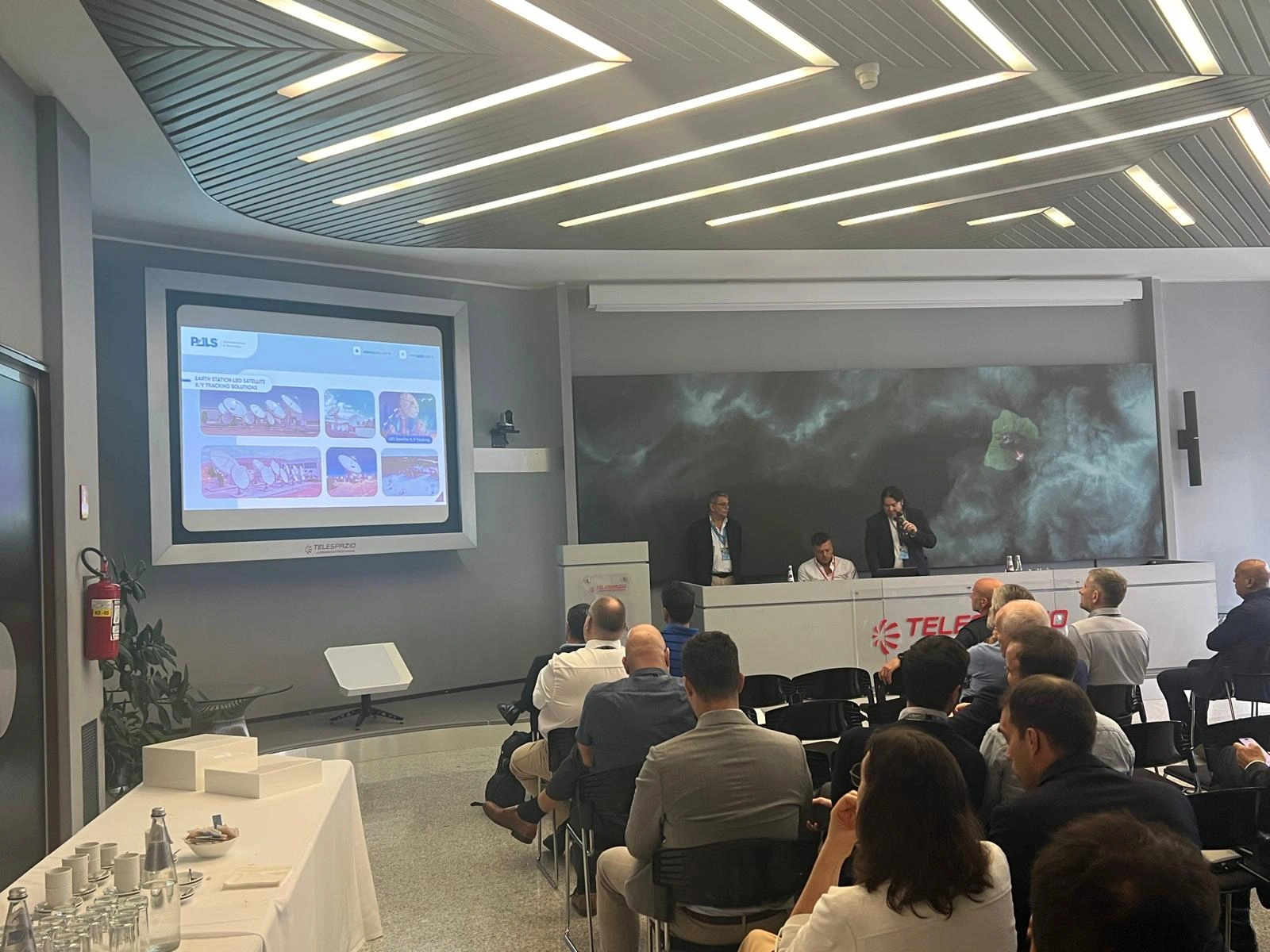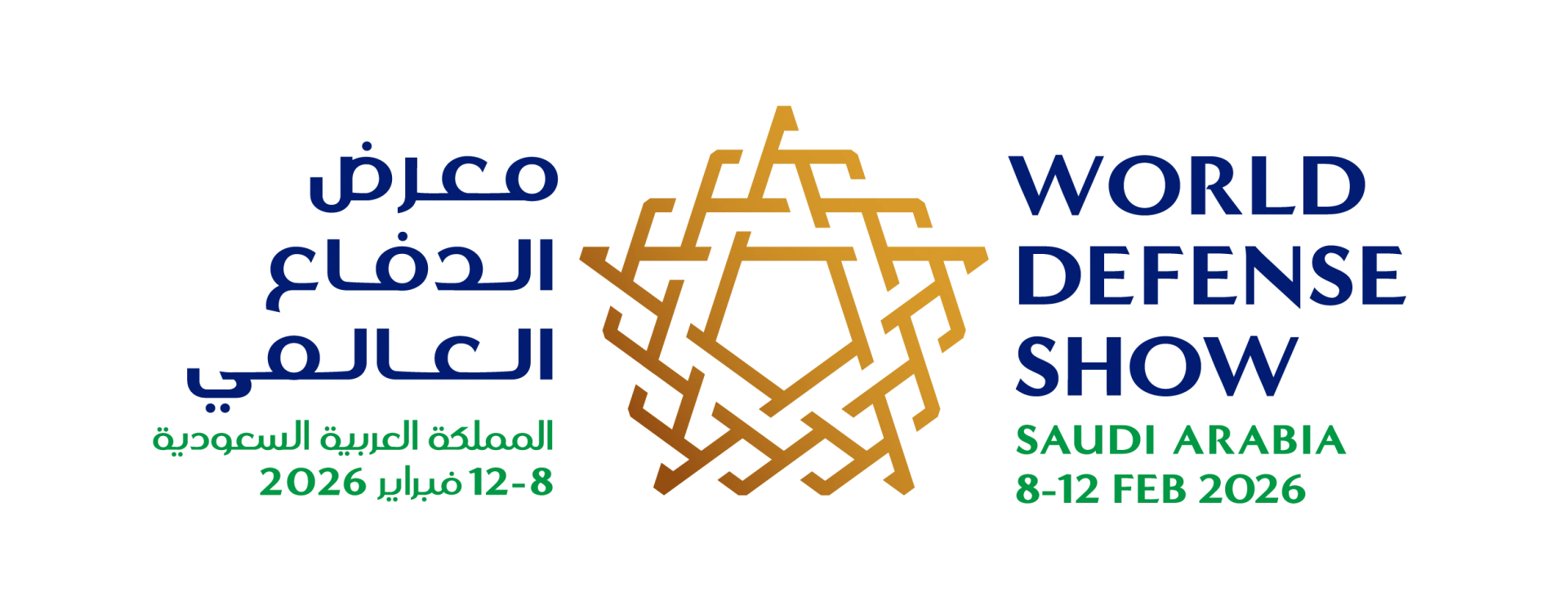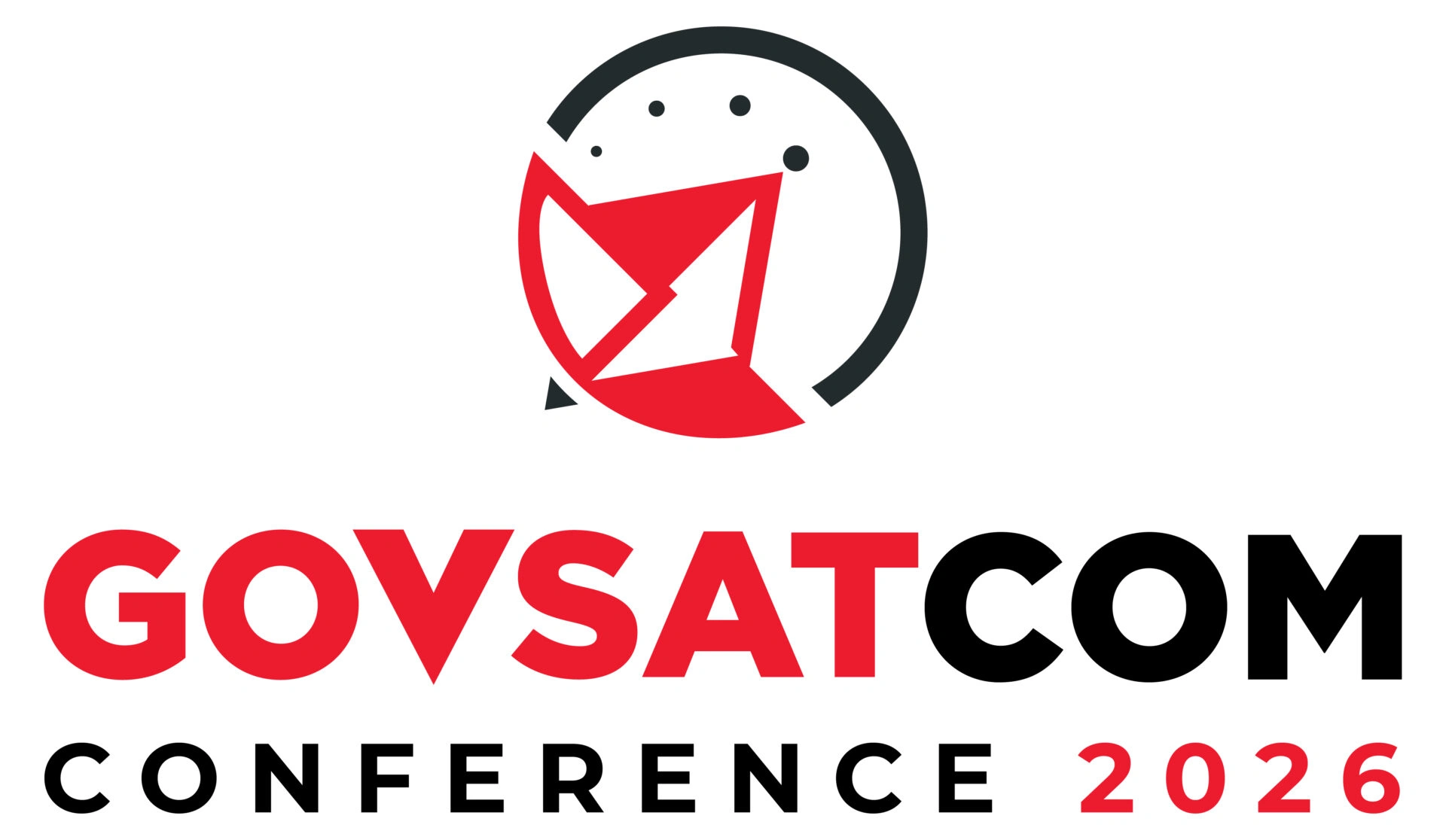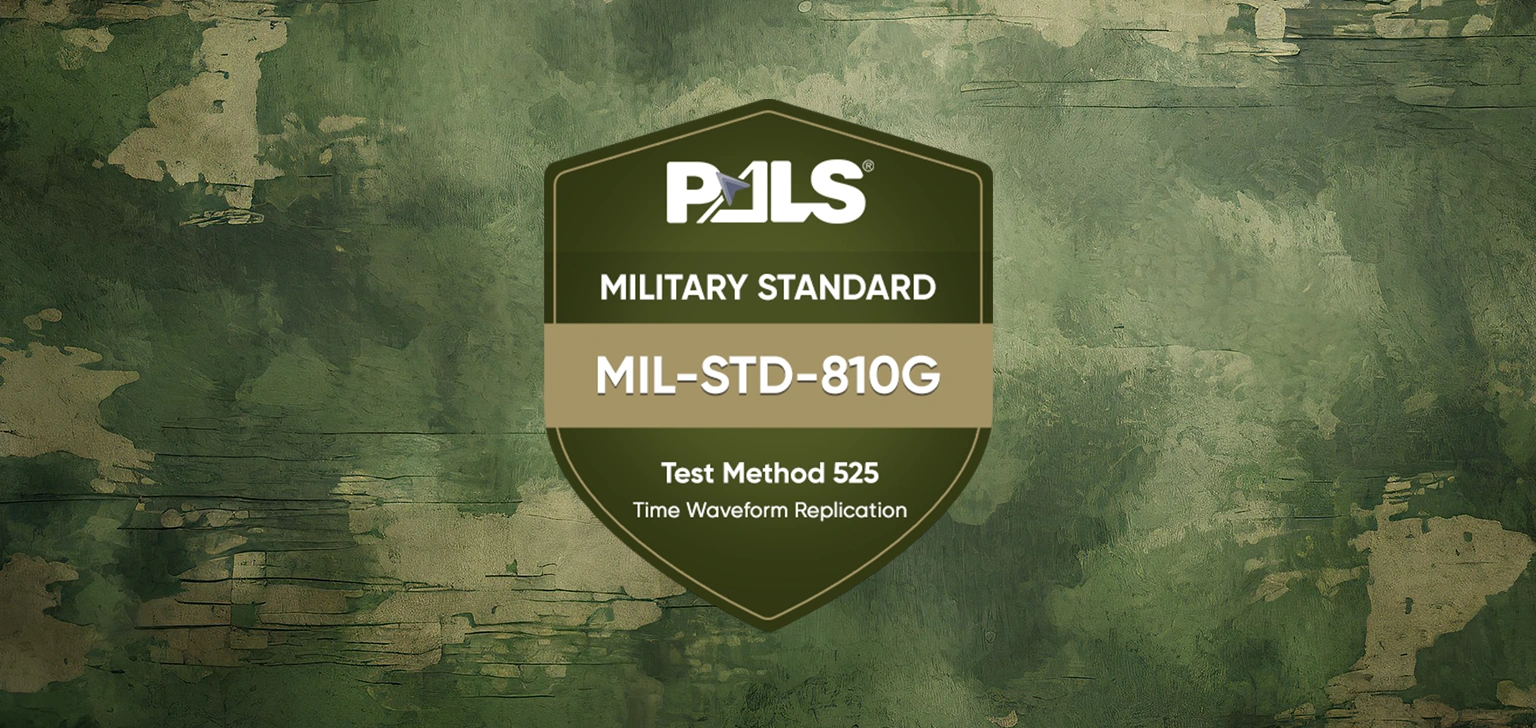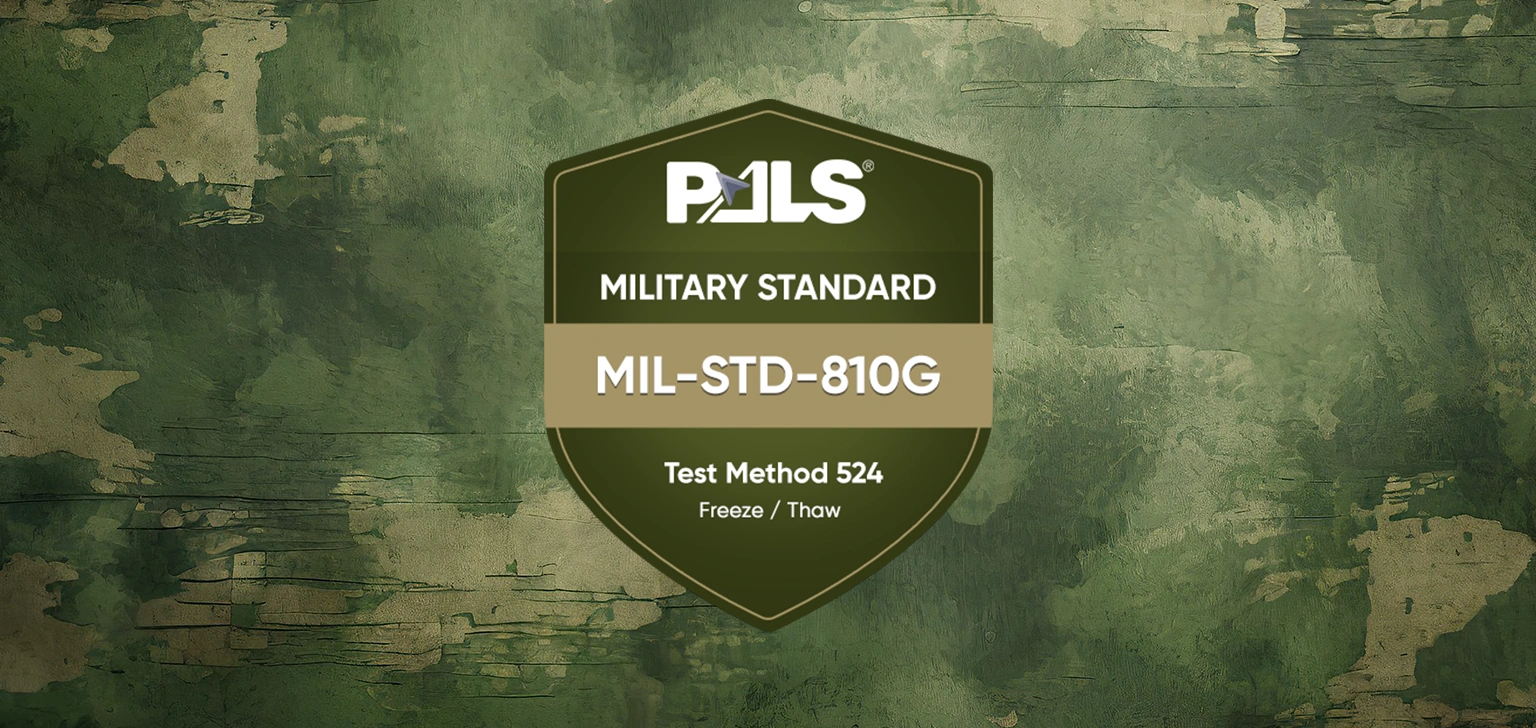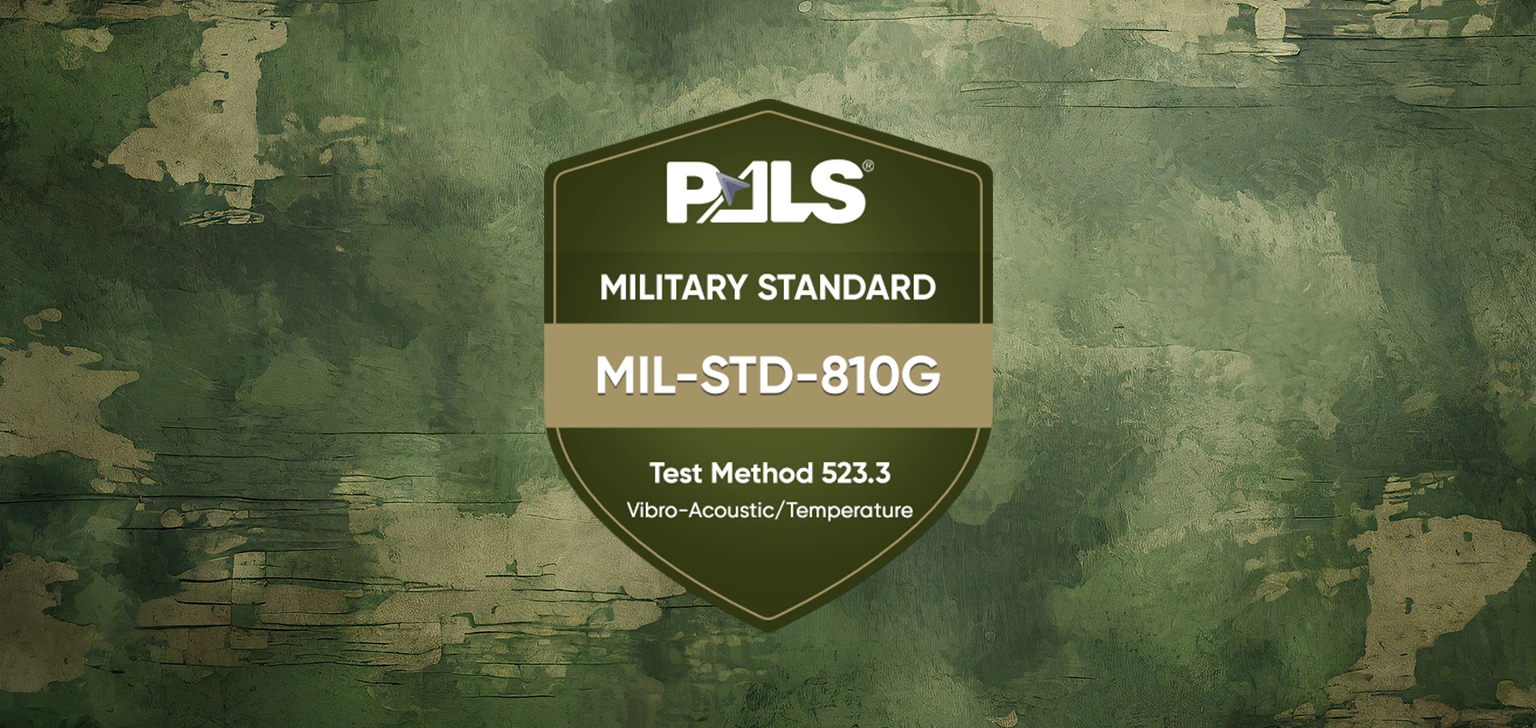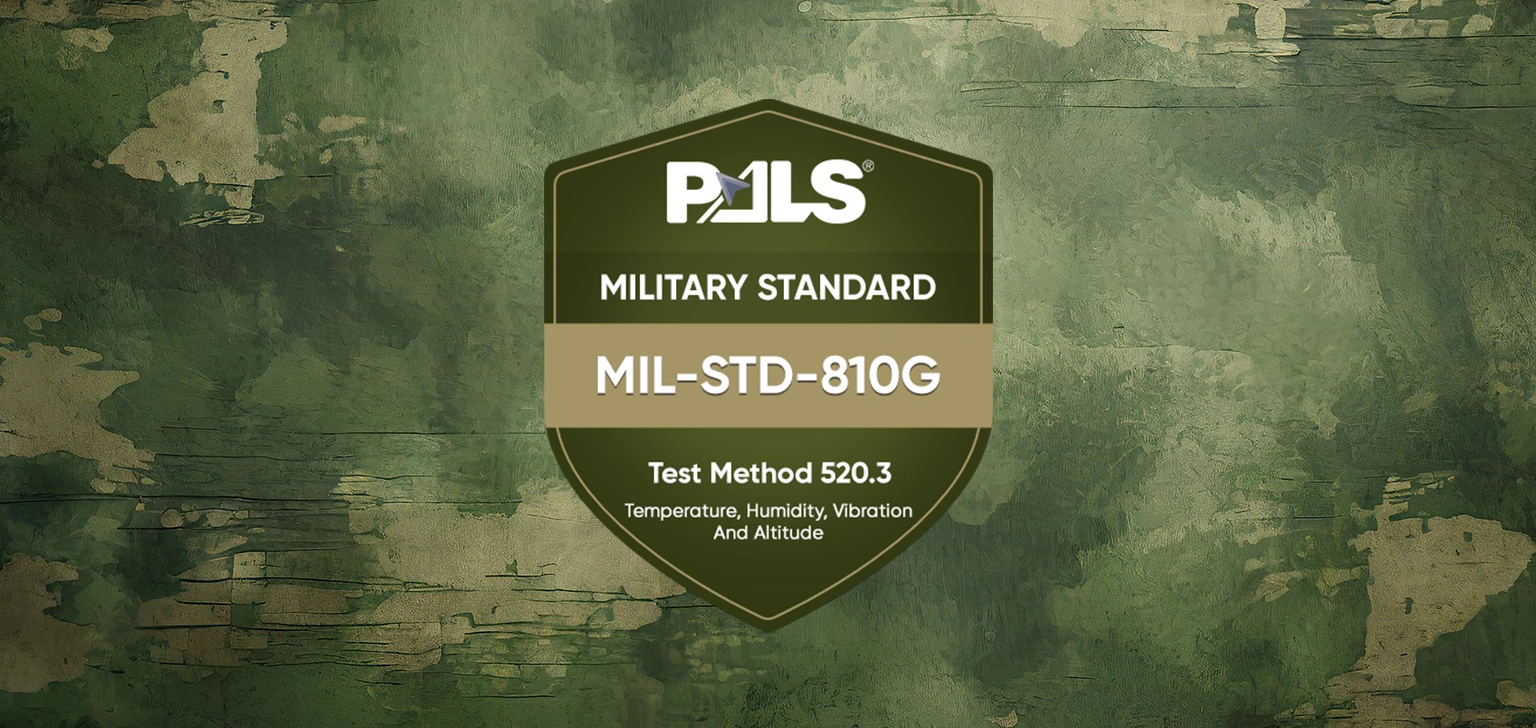
MIL-STD-810G Test Method 520.3 – Temperature, Humidity, Vibration, And Altitude
Simulating real-world settings is crucial for collecting valuable information about how devices behave in a range of contexts. These items and components must typically perform well in a variety of altitudes, temperatures, and humidity levels. While individual conditions can be duplicated, the necessity of combined temperature, altitude, and humidity testing is crucial where products and components must operate in harsh environments. The purpose of this test is to help determine the combined effects of temperature, humidity, vibration, and altitude on airborne electronic and electro-mechanical materiel with regard to safety, integrity, and performance during ground and flight operations.
• This method used for to evaluate materiel likely to be deployed in altitude areas (above ground level) where temperature, humidity, and vibration may combine to induce failures.
• This method used for engineering development, for support of operational testing, for qualification, and for other similar purposes. This method is primarily intended for actively powered materiel operated at altitude, i.e., aircraft, missiles, etc.
• This method used to provide an option for the use of vibration in combination with the climatic elements, or for use of the climatic tests in combination with each other. This is often noted throughout the text. Generally, the combined environment test simulates those synergistic environmental effects that occur for the majority of the deployment life.
Procedures Of This Method Are As Follows:
Procedure I - Engineering Development. Procedure I is used to help find defects in a new design while it is still in the development stage. This procedure is accelerated and failure-oriented, such that it is more likely to uncover design defects compared to using a more benign procedure. A combined environmental test is good for this purpose since it does not require the identification of which of the four elements of this method is most critical, and allows tailoring of the procedure accordingly. Perform single environment tests in this procedure to verify design margins. This procedure may be accelerated by eliminating the more benign conditions or by using higher stress levels than the item is likely to encounter in the field. Duration of this test should reflect the total expected operating life. However, using single parameters and stressing materiel items beyond realistic limits may reduce or eliminate synergistic or antagonistic effects of combined stresses, or may induce failures that would not occur under realistic conditions.
Procedure II Procedure II - Flight or Operation Support. This procedure is performed in preparation for, during, and after flight or operational testing. Its purpose is to use laboratory testing in lieu of flight testing to more quickly evaluate environmental problems discovered in flight testing. This test is not accelerated; the damage accumulation in the test should be no faster than in operational or in-flight testing. Therefore, development hardware can be interchanged between laboratory and flight or operational testing. When unusual problems develop in flight or operational testing, the materiel can be brought into the laboratory to help identify any environmental contribution to the observed problem. In general, a single cycle is adequate to verify problems. Test duration is sufficient to identify development hardware performance rather than total expected hardware life.
Procedure III - Qualification. The qualification test is intended to demonstrate compliance with contract requirements. Often, qualification testing is an accelerated test that emphasizes the most significant environmental stress conditions. Include in the qualification test the maximum amplitude of each stress and any unique combinations of stress types that were found to be important in the engineering development testing of the materiel. Use a test duration that reflects total expected hardware life. Recommend conducting a minimum of 10 cycles.

Temperature, humidity, vibration, and altitude can combine synergistically to produce the following failures. The examples are not intended to be comprehensive:
• Shattering of glass vials and optical materiel. (Temperature/Vibration/Altitude)
• Binding or loosening of moving parts. (Temperature/Vibration)
• Separation of constituents. (Temperature/Humidity/Vibration/Altitude)
• Performance degradation in electronic components due to parameter shifts. (Temperature/Humidity)
• Electronic optical (fogging) or mechanical failures due to rapid water or frost formation. (Temperature/Humidity)
• Cracking of solid pellets or grains in explosives. (Temperature/Humidity/Vibration)
• Differential contraction or expansion of dissimilar materials. (Temperature/Altitude)
• Deformation or fracture of components. (Temperature/Vibration/Altitude)
• Cracking of surface coatings. (Temperature/Humidity/ Vibration/Altitude)
• Leakage of sealed compartments. (Temperature/Vibration//Altitude)
• Failure due to inadequate heat dissipation. (Temperature/Vibration /Altitude)
Although it is clearly stated in the standard that "This method is not intended to be used in lieu of Methods 500, 501, 502, 507, and 514" it is highly recommended to have knowledge of the aforementioned test methods. You may find our previous articles on the subject below:
https://pals.com.tr/blog/mil-std-810g-test-method-5006-low-pressure-altitude
https://pals.com.tr/blog/mil-std-810g-test-method-5017-high-temperature
https://pals.com.tr/blog/mil-std-810g-test-method-5025-low-temperature
https://pals.com.tr/blog/mil-std-810g-test-method-5075-humidity
https://pals.com.tr/blog/mil-std-810g-test-method-5146-vibration
DID YOU KNOW?
PALS Electronics has experts on all subjects of test engineering, mechanical or electronic design, environmental condition engineer, system engineer, etc. PALS provides consulting, training, tailoring, test plan, test engineering, test services in all phases of your project. Please feel free if you have any questions or inquiries from https://pals.com.tr/contact
